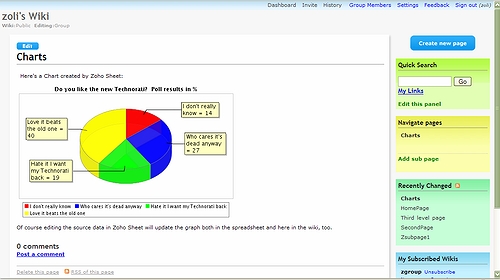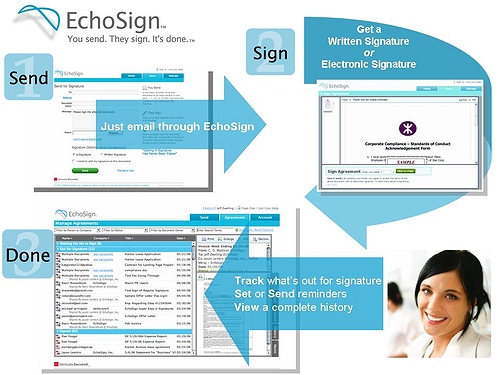I’ve written about Zoho Creator before – being techno-challenged myself, the key value for me (and I suppose for millions of potential users) is the ability to generate database driven situated applications without the need for any programming. Zoho CEO Sridhar Vembu made an interesting statement back in April:
In principle, it would be possible to layer Zoho Creator on top of Google App Engine on top of Amazon EC2.
Well, it’s no longer just in principle: today Zoho announced the ability to use Zoho Creator to generate applications which are then deployed on Google’s AppEngine. Here’s a short video explaining the process:
The video focuses mostly on the process of how to create an app, convert it from Zoho’s own Deluge scripting environment to Python, then installing it on the Google AppEngine. You will get more detailed explanation elsewhere, let me just focus on why I find this an important step.
Zoho essentially expands Google’s reach, making it available to users without programming skills. It’s a perfect marriage: Zoho brings the ability to create programs without coding in a user-friendly graphical environment, while Google brings security for those who might worry keeping their apps and data with a smaller provider: now they can use the Zoho-generated apps in the safety of GoogLand.  .
.
The other important aspect is portability, and to quote Zoho’s Raju Vegesna, first they let data be free by releasing CloudSQL, and now they let your applications free.
We’ve already seen Zoho adapt Google Gears first, even before Google Apps; this is now another example of friendly coopetition with Google.
(Disclaimer: Zoho is the exclusive Sponsor of Cloudave, my main blogging gig.)
Related posts:



![Reblog this post [with Zemanta]](https://www.zoliblog.com/wp-content/uploads/HLIC/1e888c58c2f8097a76d183db620f05dd.png)
 (I broke up my originally long post into two pieces: this one about the product announcement, and the next one with
(I broke up my originally long post into two pieces: this one about the product announcement, and the next one with 
 (Disclaimer: I am an Advisor to Zoho – but I am making a point by doing this.)
(Disclaimer: I am an Advisor to Zoho – but I am making a point by doing this.) 

 often overlooked, probably since Google does not have anything to offer in these areas. But Zoho does, and in fact that’s the application that attracts the largest active user base. Creator allows non-tech-types (like yours truly) to
often overlooked, probably since Google does not have anything to offer in these areas. But Zoho does, and in fact that’s the application that attracts the largest active user base. Creator allows non-tech-types (like yours truly) to  It’s nice to get your dream fulfilled fast. Writing about Socialtext 2.0 in October I wrote: “My ‘
It’s nice to get your dream fulfilled fast. Writing about Socialtext 2.0 in October I wrote: “My ‘












Recent Comments